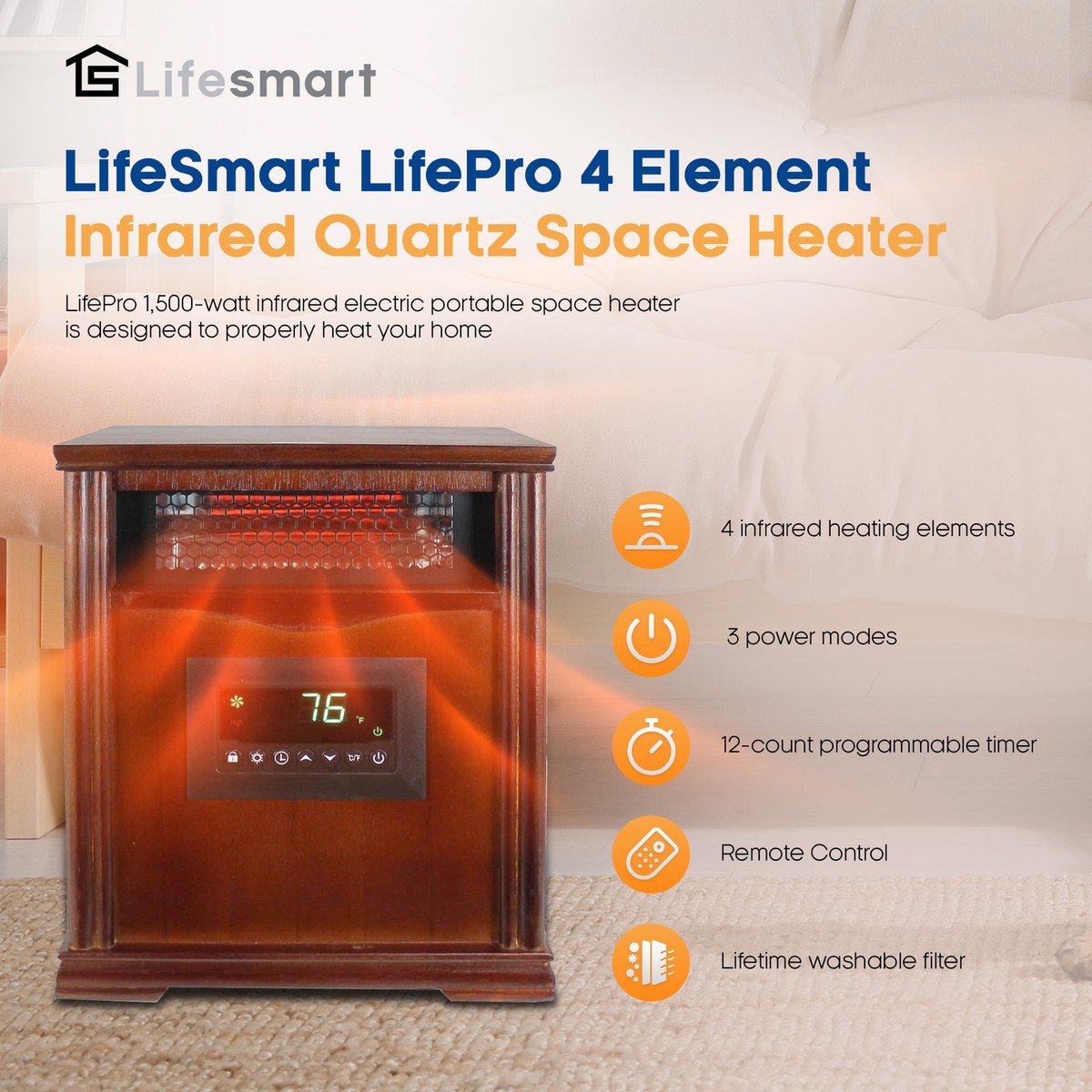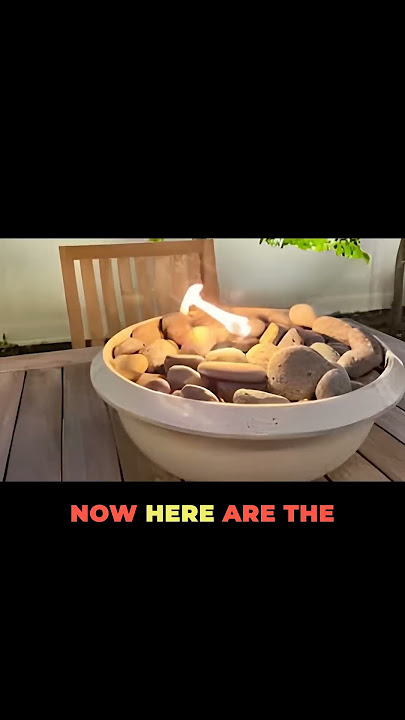Imagine it’s a cold night, and suddenly your power goes out. How will you keep your home warm without electricity?
You might feel worried or stuck, but there are simple, effective ways to heat your house without relying on the grid. This guide will show you practical tips you can start using right away to stay cozy and safe, even when the lights go out.
Keep reading—you’ll discover easy methods that can save you money and give you peace of mind during chilly times.
Traditional Heating Methods
Traditional heating methods have kept homes warm for centuries without electricity. These methods rely on burning fuels or capturing heat through simple tools. They create a cozy atmosphere and provide steady warmth during cold days. Many people still trust these time-tested ways for reliable heat.
Wood-burning Stoves
Wood-burning stoves use logs or wood pellets to produce heat. They are efficient and can warm large rooms quickly. The stove’s metal body absorbs heat and radiates it into the room. Proper ventilation is needed to avoid smoke inside the house. This method also adds a rustic charm to your living space.
Fireplaces
Fireplaces are a classic way to heat a home without electricity. Burning wood in a fireplace gives off warmth and light. Open fireplaces lose some heat through the chimney. A fireplace insert can improve heat retention. Fireplaces create a relaxing ambiance and a gathering spot for family.
Kerosene Heaters
Kerosene heaters burn liquid fuel to generate heat. They work well in smaller spaces and can be portable. These heaters need good airflow to prevent fumes. Kerosene is easy to store and use during power outages. They provide fast heat but require careful handling.

Credit: www.youtube.com
Insulation And Draft Prevention
Keeping your house warm without electricity starts with stopping heat from escaping. Insulation and draft prevention are the backbone of this effort. If you plug up the leaks and trap the heat inside, your home stays cozy longer and you won’t need extra heat sources as often.
Sealing Windows And Doors
Windows and doors are the biggest culprits for heat loss. You can use caulk or spray foam to seal cracks around frames. Don’t forget to check the bottom of doors—installing door sweeps or draft stoppers can block cold air from sneaking in.
I once spent a chilly night realizing a draft was coming from under my front door. After adding a simple draft stopper, the room felt noticeably warmer. Try feeling around your windows and doors on a cold day to spot where the cold air is entering.
Using Thermal Curtains
Thermal curtains are thicker and help trap heat inside your rooms. During the day, open them to let sunlight warm your space naturally. Close them as soon as the sun sets to keep the warmth from escaping through the glass.
They are easy to install and come in many styles, so they won’t ruin your home’s look. Have you noticed how much cooler a room feels when the curtains are drawn on a cold day? Thermal curtains can make that difference every night.
Adding Weather Stripping
Weather stripping is a low-cost way to block drafts around windows and doors. It’s available in foam, felt, or rubber, and you can cut it to fit any space. Just press it into gaps where you feel cold air coming in.
Applying weather stripping can be a quick weekend project with immediate results. Ask yourself: How much heat do you think leaks through your window frames? Sealing those gaps could keep your house warmer without using any electricity at all.
Alternative Heat Sources
Finding ways to heat your house without electricity can feel challenging, but there are several effective alternative heat sources to consider. These options not only keep you warm but can also save you money and increase your independence during power outages. Let’s look at some practical solutions you can start using right away.
Solar Heating Techniques
Solar heating uses the sun’s energy to warm your home naturally. You can install south-facing windows or solar air heaters that capture sunlight during the day and release heat slowly at night.
Even simple DIY solar panels made from black-painted metal or water containers can absorb heat and radiate warmth indoors. Have you ever noticed how a sunlit room feels warmer without any extra effort? That’s solar heat at work, helping you reduce reliance on electricity.
Propane And Gas Heaters
Propane and gas heaters offer a reliable way to stay warm when the power goes out. They come in portable models perfect for small spaces and larger units for whole-room heating.
Remember to use these heaters in well-ventilated areas to avoid carbon monoxide buildup. If you’ve tried using a propane heater during a cold snap, you know how quickly it can raise the temperature and provide comfort.
Heat Packs And Warm Clothing
Sometimes, the simplest methods are the most effective. Heat packs provide direct warmth and are great for keeping hands and feet cozy without heating the entire room.
Layering up with warm clothing, such as thermal underwear and wool socks, traps body heat and reduces the need for external heating. Have you ever noticed how wearing a hat indoors can make a big difference in staying warm?
Heat Retention Tips
Keeping your home warm without electricity means focusing on how well your space holds heat. Retaining warmth is just as important as creating it. Small changes can make a big difference in how cozy your home feels, especially during chilly nights.
Closing Off Unused Rooms
Have you noticed how heat often escapes into empty rooms? Closing doors to rooms you don’t use stops warm air from spreading too thin. This concentrates the heat where you spend most of your time, making your living space feel warmer quickly.
Try adding draft stoppers under doors to seal gaps. Even a rolled-up towel works in a pinch. It’s a simple trick I use when I want to keep my bedroom warm without heating the whole house.
Using Rugs And Carpets
Cold floors can sap warmth from a room faster than you realize. Placing rugs or carpets on bare floors adds an extra layer of insulation. This not only keeps your feet warm but also helps trap heat inside the room.
If you have hardwood or tile floors, layering rugs can make a noticeable difference. Think about using thick or wool rugs—they hold heat longer. Have you ever walked barefoot on cold tiles in winter? Rugs can stop that chill from creeping in.
Layering Bedding
Nighttime warmth starts with your bed. Layering bedding lets you adjust your warmth without needing extra heat in the room. Use sheets, blankets, and comforters in layers, so you can add or remove them as needed.
Adding a flannel sheet or a thermal blanket can trap body heat better. I often sleep with an extra blanket in winter and find I don’t need to turn up the heat at all. What layers do you use to keep your bed cozy?
Safety Precautions
Heating your home without electricity can be effective but carries risks. Safety must be a top priority to protect your family and property. Understanding key safety precautions helps reduce dangers.
Ventilation Needs
Proper ventilation is essential to keep air fresh. Burning fuel produces gases that can build up indoors. Open a window slightly to allow fresh air in. This stops harmful gases from accumulating. Avoid sealing a room completely while heating without electricity.
Carbon Monoxide Awareness
Carbon monoxide is a deadly gas you cannot see or smell. It forms when fuel burns without enough oxygen. Symptoms of poisoning include headache, dizziness, and nausea. Use carbon monoxide detectors near heating sources. Check batteries regularly and replace detectors every few years.
Fire Safety Measures
Fires start easily if precautions are ignored. Keep flammable items far from heaters or stoves. Use a fireproof mat beneath portable heating devices. Never leave heating equipment unattended. Have a fire extinguisher within reach and know how to use it.

Credit: www.youtube.com

Credit: vitalcarevisions.de
Frequently Asked Questions
How Can I Heat My House Without Power?
You can use wood stoves, fireplaces, and kerosene heaters. These are effective non-electric options for heating. Insulating your home and using thermal curtains also help retain heat. Wearing warm clothing and using blankets add extra warmth. Ensure proper ventilation to avoid carbon monoxide build-up when using combustion heaters.
What Are Alternative Heating Methods To Electricity?
Alternative methods include solar heating, geothermal systems, and passive solar design. Wood-burning stoves and fireplaces are traditional options. Insulation improvements and thermal curtains can help. These methods reduce dependency on electric heat. They are cost-effective and environmentally friendly.
Is It Safe To Use Kerosene Heaters Indoors?
Yes, if used correctly with proper ventilation. Always follow the manufacturer’s instructions for safe operation. Keep heaters away from flammable materials. Ensure your room has enough oxygen supply to avoid carbon monoxide build-up. Regular maintenance and cleaning are essential for safe usage.
Can I Rely On Solar Heating In Winter?
Yes, solar heating works in winter but may need support. Passive solar design maximizes heat retention. Combining with thermal mass storage improves efficiency. Sunny windows and solar air heaters can supplement heat. Insulation and sealing drafts are essential for effectiveness.
Conclusion
Heating your home without electricity takes some effort but is possible. Use wood stoves, fireplaces, or portable gas heaters safely. Dress warmly and seal windows to keep heat inside. Natural sunlight can help warm rooms during the day. Always prioritize safety to avoid accidents or fires.
These simple steps can keep you comfortable even without power. Stay prepared and enjoy a cozy home all winter long.

